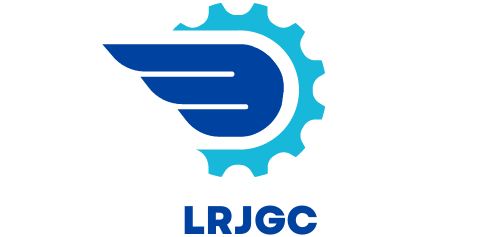In today’s fast-paced business world, effective project management is crucial for success. Different projects demand different approaches, and understanding various project management styles can make or break a team’s efficiency.
Project managers must adapt their strategies to fit the needs of their projects and teams. Whether it’s the flexibility of Agile or the structured approach of Waterfall, selecting the right project management style can lead to better outcomes, improved collaboration, and timely delivery. Exploring these styles helps teams navigate complexities and achieve their goals more effectively.
Project Management Styles
Project management styles involves different styles tailored to specific project needs and team dynamics. Common styles like Agile and Waterfall offer various advantages. Adaptation to the appropriate style improves team efficiency and project outcomes.
Traditional Project Management
 Traditional project management styles encompasses structured methodologies that follow defined sequences, often ideal for projects with clear goals and stable requirements. These methods emphasize planning, documentation, and linear progression through project phases.
Traditional project management styles encompasses structured methodologies that follow defined sequences, often ideal for projects with clear goals and stable requirements. These methods emphasize planning, documentation, and linear progression through project phases.
Waterfall Method exemplifies a linear and sequential approach where each project phase depends on the deliverables of the preceding one. It includes stages like requirements, design, implementation, verification, and maintenance. Each phase must be completed before moving to the next, making it well-suited for projects with fixed requirements and clear, upfront planning.
Critical Path Method (CPM)
Critical Path Method (CPM) focuses on identifying the longest sequence of dependent tasks and calculating the shortest possible project duration. CPM involves mapping out crucial activities, determining task dependencies, and identifying the slack time. This method helps project managers allocate resources efficiently and recognize activities that directly impact the project’s timeline, making it essential for projects where timing is critical.
Agile Project Management
Agile Project Management styles emphasizes flexibility, collaboration, and iterative development. It adapts to changing project requirements and prioritizes customer feedback.
Scrum Framework
 The Scrum framework operates within Agile principles. Teams divide projects into short cycles known as sprints, which usually last 2-4 weeks. Each sprint begins with a planning meeting to define deliverables and ends with a review and retrospective meeting to assess outcomes and improve processes.
The Scrum framework operates within Agile principles. Teams divide projects into short cycles known as sprints, which usually last 2-4 weeks. Each sprint begins with a planning meeting to define deliverables and ends with a review and retrospective meeting to assess outcomes and improve processes.
The team follows specific roles:
- Scrum Master: Facilitates communication and resolves impediments
- Product Owner: Represents stakeholders and prioritizes the backlog
- Development Team: Executes tasks and delivers increments
Kanban Technique
The Kanban technique enhances workflow visualization and task management. Teams utilize a Kanban board, which contains columns representing stages like “To Do,” “In Progress,” and “Done.”
Key elements involve:
- Visual Cards: Represent tasks, moving across columns to reflect progress
- Work In Progress (WIP) Limits: Restrict the number of tasks in each stage to prevent bottlenecks
- Continuous Delivery: Focuses on delivering small, consistent updates
Hybrid Project Management
Hybrid project management styles integrates aspects of Waterfall and Agile methodologies into a cohesive framework. This approach provides flexibility and structured progression for varying project needs and dynamic environments.
Combining Waterfall and Agile
Hybrid blends Waterfall’s linear stages with Agile’s iterative cycles. Waterfall’s defined phases—initiation, planning, execution, monitoring, and closure—create a roadmap. Agile inserts iterations within these phases, allowing for adjustments as project requirements evolve.
For instance, the initial project planning could follow Waterfall to outline scope and deliverables. Agile iterations then refine these deliverables through development cycles, incorporating feedback and changes. This ensures structured progress while maintaining adaptability.
Implementation Examples
- Software Development: Initial requirement gathering in Waterfall followed by iterative coding and testing sprints in Agile.
- Marketing Campaigns: Detailed campaign planning via Waterfall, with Agile cycles for content creation and periodic reviews.
Advantages and Challenges
Advantages

- Flexibility: Adapts to changes, combining the stability of Waterfall with Agile’s responsiveness.
- Balanced Planning: Maintains structured planning while incorporating iterative improvements.
- Risk Management: Early risk identification and mitigation through iterative reviews.
- Complexity: Managing dual methodologies can complicate processes.
- Skillset Requirements: Demands knowledge of both Waterfall and Agile practices.
- Resource Allocation: Balancing resources for simultaneous linear and iterative tasks may be difficult.
Team Dynamics
Effective project management styles is crucial in navigating today’s dynamic business landscape. By understanding and adapting various project management styles, teams can enhance efficiency and collaboration. Agile, Waterfall, Hybrid, Lean, Kanban, and Scrum each offer unique benefits tailored to different project needs and team dynamics.
———–

